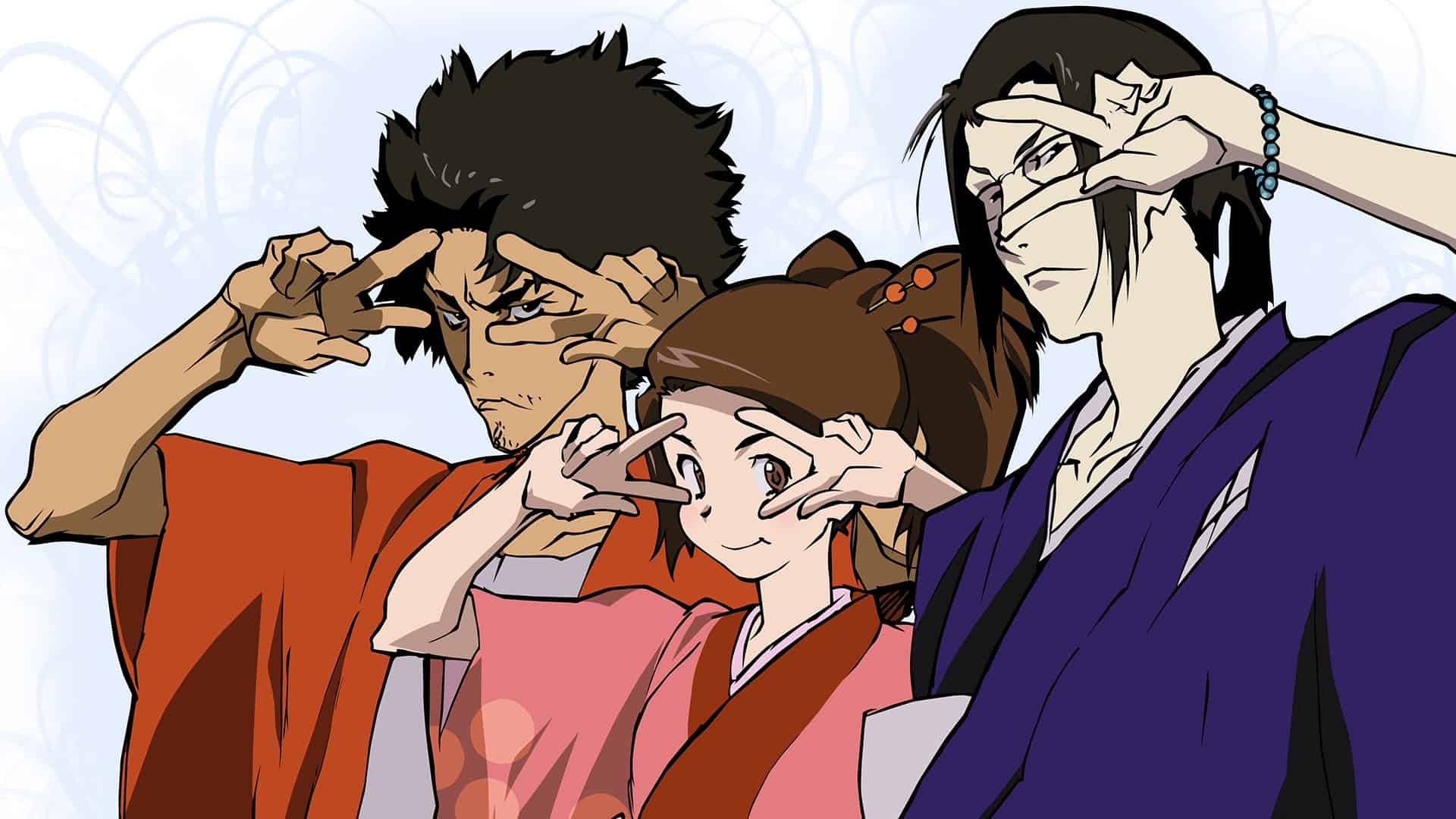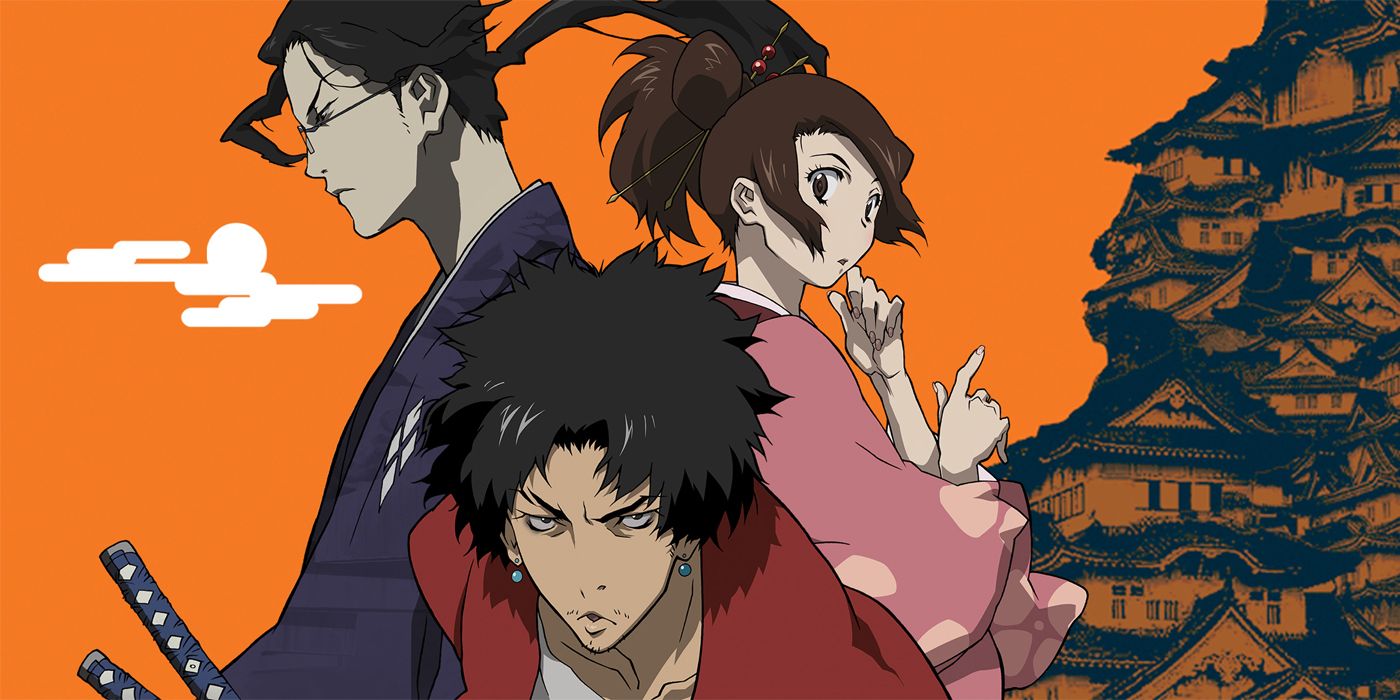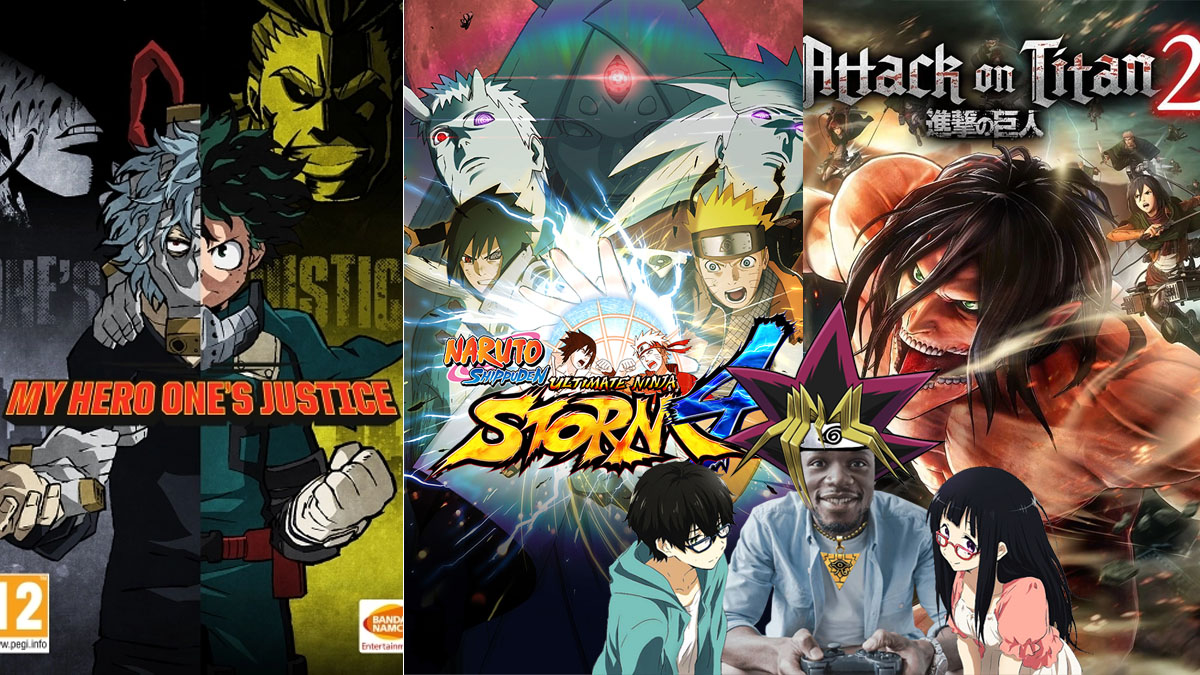Manga Samurai Champloo? Yo, it’s way more than just swords and samurais, dude. This anime blends crazy historical vibes with a totally modern aesthetic, dropping sick beats and epic fight scenes that’ll blow your mind. Think Edo-era Japan meets hip-hop, with a dash of crazy characters and a plot that keeps you guessing. Get ready for a wild ride!
We’re diving deep into the art style, that killer soundtrack by Nujabes (RIP!), the character development (Mugen, Jin, and Fuu are total legends), the historical context (or lack thereof!), and the overall radness that makes Samurai Champloo such a classic. Prepare for some serious analysis, but don’t worry, we’ll keep it real.
Samurai Champloo: A Rad Anime Breakdown: Manga Samurai Champloo
Yo, what’s up, anime heads? Let’s dive into Samurai Champloo, the hip-hop infused samurai epic that totally redefined the genre. This ain’t your grandpappy’s samurai flick; this is a wild ride through Edo-era Japan with a killer soundtrack and some seriously stylish characters. We’re gonna break down the art, the music, the characters, and everything else that makes this show so damn awesome.
Samurai Champloo’s Artistic Style: A Blend of Old and New
Samurai Champloo’s animation style is, like, totally unique. It’s this crazy mix of traditional Japanese art and super modern aesthetics. The character designs are sharp and stylized, the backgrounds are incredibly detailed, and the whole thing has this gritty, almost painterly feel. Think watercolor washes meeting sharp lines and dynamic movement. It’s a visual feast that keeps you hooked.
Character Designs: Mugen, Jin, and Fuu
The character designs in Samurai Champloo stand out even amongst other anime. They’re instantly recognizable and reflect the personalities of the characters perfectly. Let’s compare three key characters:
| Character | Clothing | Hair | Facial Features |
|---|---|---|---|
| Mugen | Loose, flowing, often tattered clothing; practical for fighting. Think baggy pants and sleeveless tops. | Long, messy, black hair that’s constantly in motion. | Sharp, angular features; wild and unpredictable expression. |
| Jin | Formal, traditional samurai attire; usually very neat and clean. Think hakama and kimono. | Neatly tied topknot, reflecting his disciplined nature. | Calm, composed features; a stoic expression. |
| Fuu | Practical, casual clothing; often a mix of traditional and modern elements. Think simple kimono and pants. | Short, spiky hair, reflecting her independent and energetic personality. | Cute, expressive features; a playful and determined expression. |
Color Palettes and Mood
The color palettes in Samurai Champloo are amazing. They’re not just pretty; they actually contribute to the overall feel of the show. The muted tones and earthy colors create a sense of realism, while the occasional pops of bright color emphasize key moments and emotions. It’s a subtle but effective way to control the mood, making the show feel both grounded and visually exciting.
The Music: Nujabes and Beyond
Yo, let’s talk about the soundtrack. Nujabes’ contribution to Samurai Champloo is legendary. His music perfectly captures the show’s blend of old and new, creating a unique atmosphere that’s both relaxing and intense. It’s chillhop at its finest.
When investigating detailed guidance, check out manga buddy app now.
Music and Action, Manga samurai champloo
The music in Samurai Champloo isn’t just background noise; it’s an integral part of the storytelling. The soundtrack complements the action sequences, emotional moments, and even the quieter, more reflective scenes. The beats perfectly sync with the choreography of the sword fights, and the mellower tracks enhance the emotional depth of the characters’ journeys.
Musical Styles and Influences

The soundtrack blends several distinct musical styles, creating a rich and diverse soundscape. Here are a few examples:
- Hip-Hop: The backbone of the soundtrack, providing a modern, urban edge to the Edo-era setting. It gives the show its signature vibe and reflects the characters’ personalities.
- Jazz: Adds a layer of sophistication and melancholy, often used to underscore emotional moments and introspective scenes. It adds a touch of class and sophistication.
- Traditional Japanese Music: Subtle elements of traditional Japanese instruments and melodies are woven throughout the soundtrack, grounding the show in its historical setting and adding a layer of authenticity.
Character Development and Relationships: A Tricky Trio
The show’s success lies in the complex relationships and character arcs of Mugen, Jin, and Fuu. Each character undergoes significant growth, and their interactions form the heart of the narrative.
Individual Character Arcs
Mugen starts as a reckless and unpredictable swordsman, but throughout the series, he reveals unexpected depths of loyalty and compassion. Jin, the stoic and disciplined ronin, gradually opens up and shows vulnerability. Fuu, initially a naive girl, matures into a strong and independent young woman.
Character Dynamics and Evolution

The relationship between Mugen, Jin, and Fuu is initially based on convenience, but it evolves into a complex and meaningful bond. They learn to rely on each other, support each other, and even develop a form of begrudging respect.
Supporting Characters and Impact
While Mugen, Jin, and Fuu are the central figures, the supporting characters play crucial roles in their development and the unfolding of the narrative. They add depth, complexity, and often serve as catalysts for change within the main characters.
- Example 1: [Describe a supporting character and their impact on the main characters].
- Example 2: [Describe another supporting character and their impact on the main characters].
Historical Setting and Accuracy: Edo-Era Vibes
Samurai Champloo is set during the Edo period of Japan, a time of relative peace and stability after a long period of warring states. However, the show takes significant creative liberties with historical accuracy, blending historical elements with a modern sensibility.
Edo-Era Portrayal vs. Reality
While the show captures the aesthetic of Edo-era Japan, it also departs from historical realities in several aspects.
| Aspect | Samurai Champloo Depiction | Historical Reality |
|---|---|---|
| Clothing | A mix of traditional and stylized clothing; often more modern in style. | More formal and restrictive clothing, depending on social class. |
| Social Structure | A less rigid social structure than in historical accounts. | A highly stratified society with strict social hierarchies. |
| Weaponry | A variety of weaponry, including some that weren’t common in the Edo period. | More standardized weaponry with specific styles for different classes. |
Creative Liberties and Narrative Effect
The creative liberties taken with the historical setting contribute to the show’s unique identity and narrative. By blending historical elements with modern sensibilities, the show creates a fresh and engaging take on the samurai genre.
So, yeah, Samurai Champloo. It’s not just another anime; it’s a cultural phenomenon. The blend of historical setting and modern sensibilities, the killer soundtrack, and the unforgettable characters create an experience that’s both captivating and thought-provoking. Whether you’re a seasoned anime fan or a curious newbie, Samurai Champloo is a must-see. It’s a total vibe, and you’ll be hooked from the first episode.
Peace out!



